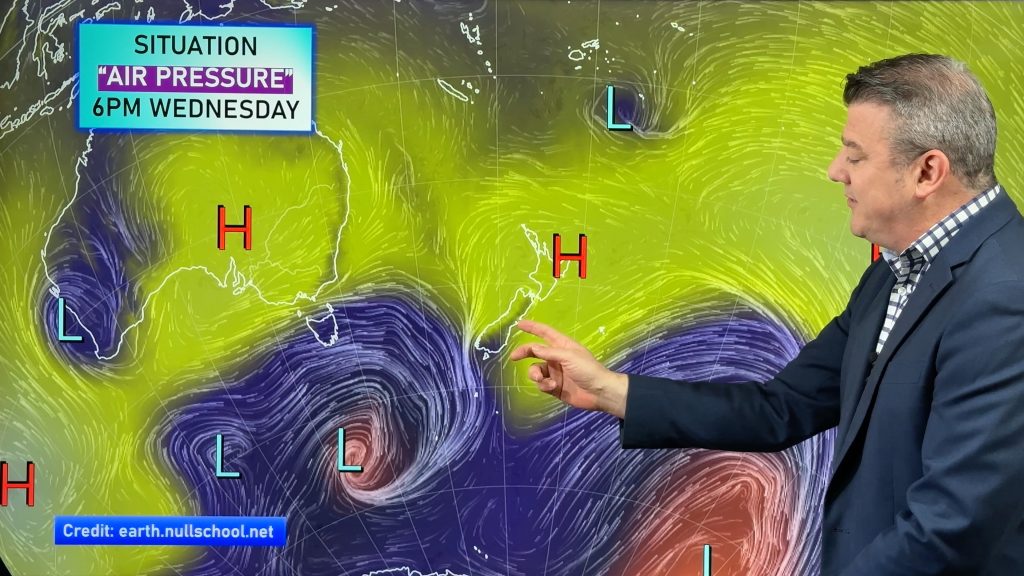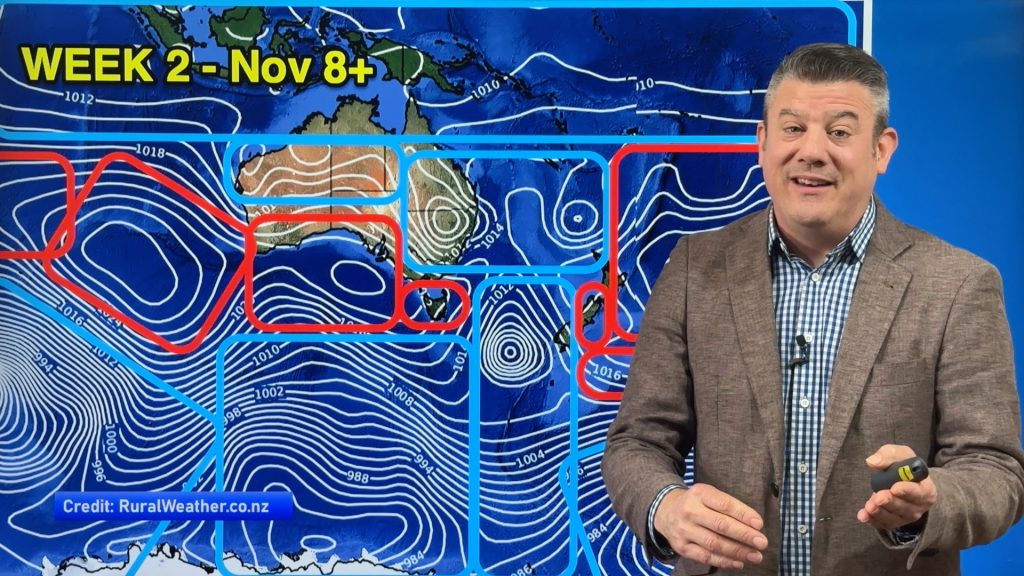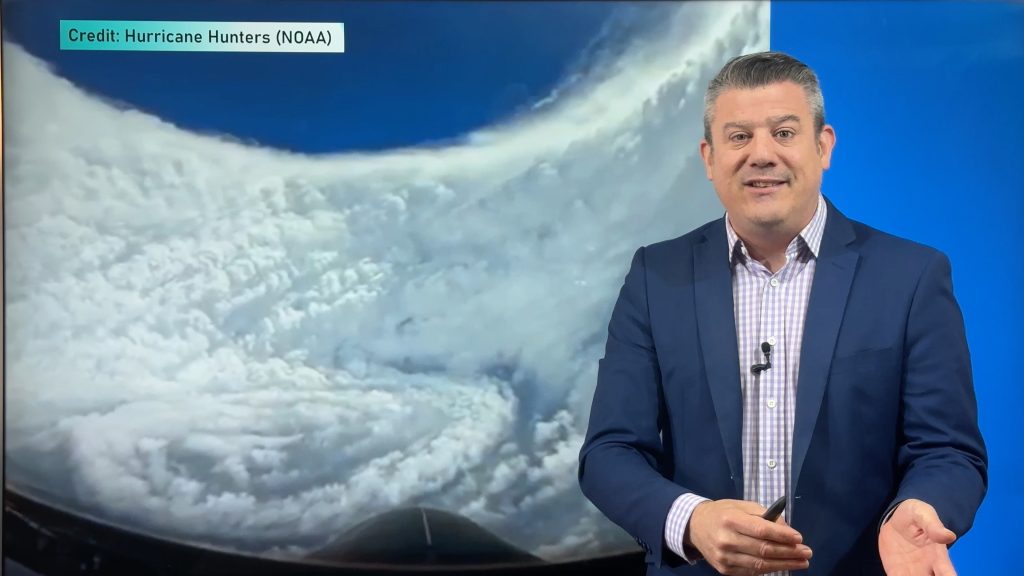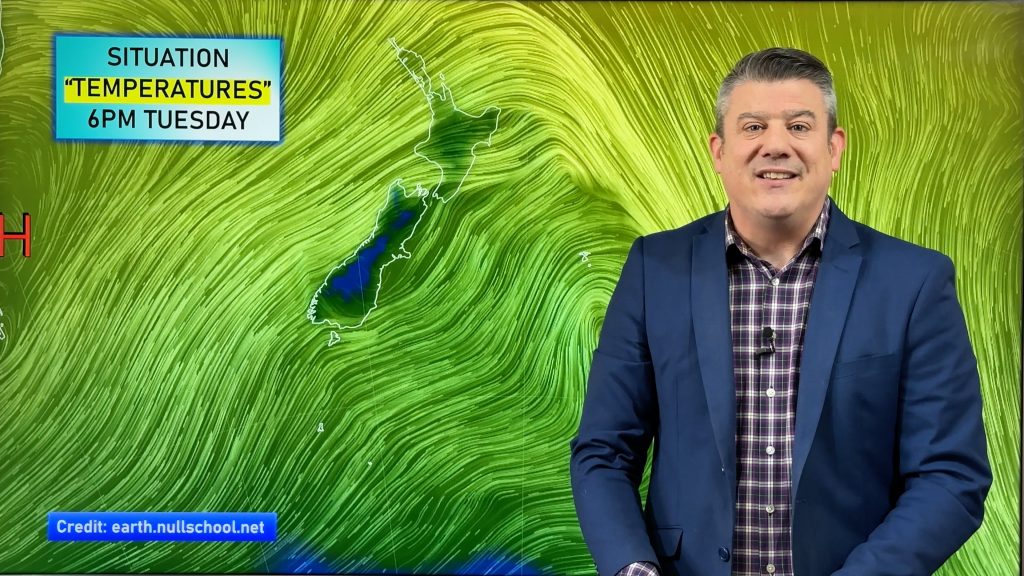
> From the WeatherWatch archives
The U.K. agency tasked with monitoring the country’s weather forecasts is expanding its research on how space weather affects Earth and the atmospheres of alien planets around other stars.
The U.K. Met Office, which is funded by the government to provide national weather services, is now also planning to supply space weather forecasts for the region. Two teams of scientists presented their research at the U.K.-Germany National Astronomy Meeting held in March in Manchester, England.
The Met Office will work with the nation’s space weather researchers to adapt current weather and climate models to incorporate the effects of space weather on a layer of the Earth’s atmosphere called the thermosphere, which is a region about 56 to 373 miles (90 to 600 kilometers) above the planet’s surface.
The International Space Station orbits within this atmospheric layer, and the thermosphere often sees impacts from strong space weather events, the researchers said.
“Space weather can affect the aviation and power industries, as well as a whole range of activities that rely on GPS timing and positioning, radio communication or satellite-based observations,” David Jackson, a research scientist at the Met Office, said in a statement.
Jackson is working to develop more accurate models and ways to forecast space weather, and will present his research at the National Astronomy Meeting on Friday (March 30).
“To develop a more accurate and useful advanced-warning system for space weather, we need to develop a system of interconnected models that describe the whole domain — the conditions on the sun, interplanetary space, the layers of the Earth’s atmosphere, all the way down to the Earth’s surface,” Jackson said. “The more accurate we can be in representing interactions between the lower atmosphere and thermosphere, the more we can enhance thermospheric forecasts, and thus improve space weather forecast products for users.” [Infographic: Earth’s Atmosphere Top to Bottom]
A separate team of researchers is adapting the Met Office’s models to the study of extra-solar planet climatology, which is the study of atmospheric properties of alien planets. The research, which is being led by Isabelle Baraffe, a professor at the University of Exeter, brings together astrophysicists, climate scientists and meteorologists.
“The Met Office has developed a sophisticated tool for Earth weather forecasting and climate studies,” David Acreman, a researcher at the Met Office and the University of Exeter, said in a statement.
This tool could also be a valuable resource in the next decade as astronomers gather more data on alien planets beyond our solar system, he added.
“Most of the hundreds of extra-solar planets discovered to date are gas giants orbiting very close to their host star,” Acreman said. “These planets are strongly irradiated by the parent star, with one side experiencing permanent day and the other in permanent night. The day side of the planet is much hotter than the night side and this temperature difference causes high speed winds to flow. These winds can be as fast as a few kilometers per second.”
And while these conditions differ from what is seen on Earth, the Met Office’s models should be able to explain these extremes, he said.
The research team is hoping to understand how heat is distributed between the alien planets’ day and night sides, and to determine what affects the efficiency of this heat distribution. The scientists will also examine the circulation patterns driven by the winds and their effects on the planets’ internal structures.
Ultimately, the project aims to study the atmospheres of Earth-like planets, where conditions may resemble those found in the early or current solar system, the researchers said. Observations may also determine biosignatures that could reveal the presence of a biosphere and life.
“By adapting the Met Office model to the conditions found on those planets we can interpret these observations, and use them to understand how the physics governing out weather and climate behaves in an environment very different from our own,” Nathan Mayne, a researcher at the University of Exeter, said in a statement. “The feedback will provide valuable tests of our numerical models under extreme conditions and demonstrate its adaptability and robustness.”
Photo by NASA/SDO/AIA
Story by SPACE.com Staff
Comments
Before you add a new comment, take note this story was published on 7 Apr 2012.






Add new comment
David on 8/04/2012 3:55am
Ah yes the good old UK Met Srevice, funded by the British government no less.
Isn’t that the same met office that a few years ago told those in the UK to prepare for a winter like summer, only to have it turn into the winter from hell.
I think before they spend taxpayers money on fanciful “space forcasts”, they should definately try to get their Earth forcasts correct first or continue to be the laughing stock, in my eyes anyway.
Right where’s the rest of my Easter eggs?
Cheers.
Reply